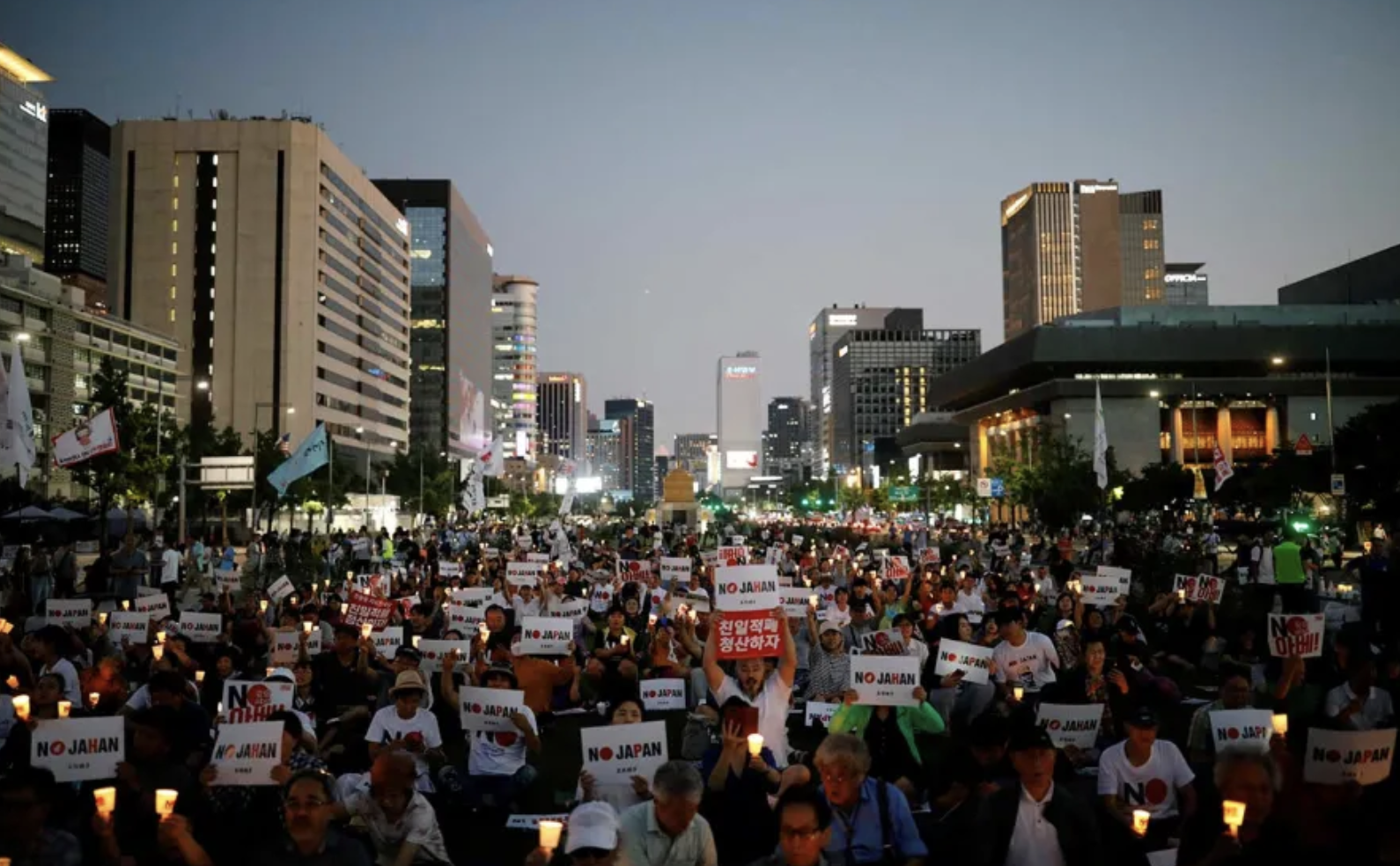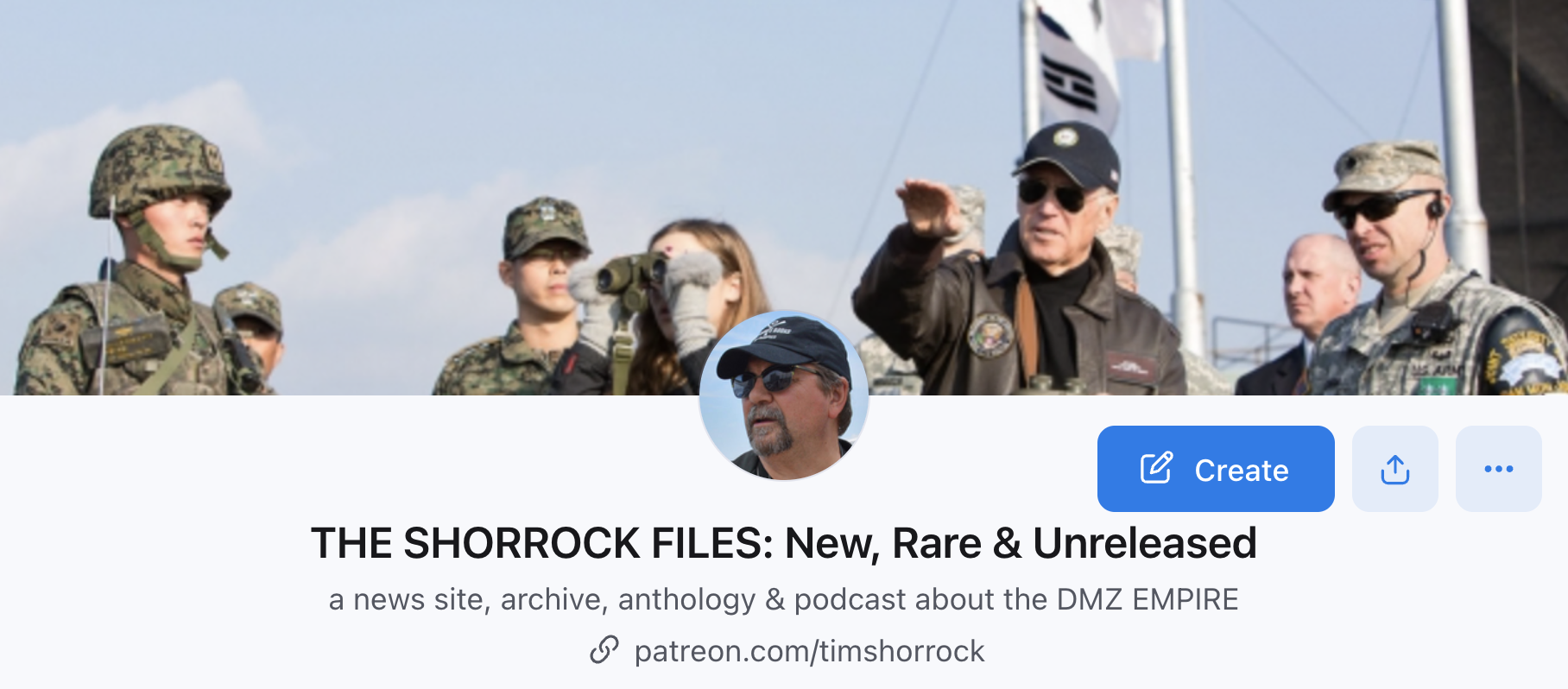The roots of the historical divisions between South Korea and Japan go back to a 1965 normalization treaty that was signed by Seoul and Tokyo after years of U.S. economic and diplomatic pressure. In a 2016 article in The Nation, I laid out the U.S. government’s hidden hand in deepening Korean-Japanese relations during the Cold War throught key documents from those years discovered in the National Archives.
BY TIM SHORROCK
First published in The Nation, 2016.
An investigation of US documents in the National Archives and Records Administration and newly declassified documents from the Central Intelligence Agency shows that the 1965 treaty—which brought Japan back to the Korean Peninsula for the first time since its surrender in 1945—was signed only after extensive pressure from the United States.
The documents show that US pressure on Seoul to reopen ties with Tokyo began in the years after the Korean War, when US military planners and aid officials concluded that Korea would remain divided and that the South’s only chance for survival lay with its former colonizer.
One of the most remarkable documents in the archives was written in 1961 by Hugh Farley, a senior US aid official in Seoul and President Kennedy’s top adviser on Korea. In a report for the National Security Council from a “Presidential Task Force on Korea,” on file in the JFK presidential library, Farley urged the administration to move forcefully to persuade South Korea and Japan to normalize ties. But Washington, he insisted, should make it appear that the idea originated in Seoul.
“While the initiative should clearly be recognized as American, the action should be handled so as to appear Korean,” Farley wrote in a report that was cleared by the State Department, the Pentagon, and the CIA. “There can be no question of waiting for or seeking some Korean readiness to act. We must galvanize the action.”
To read on, click here.

